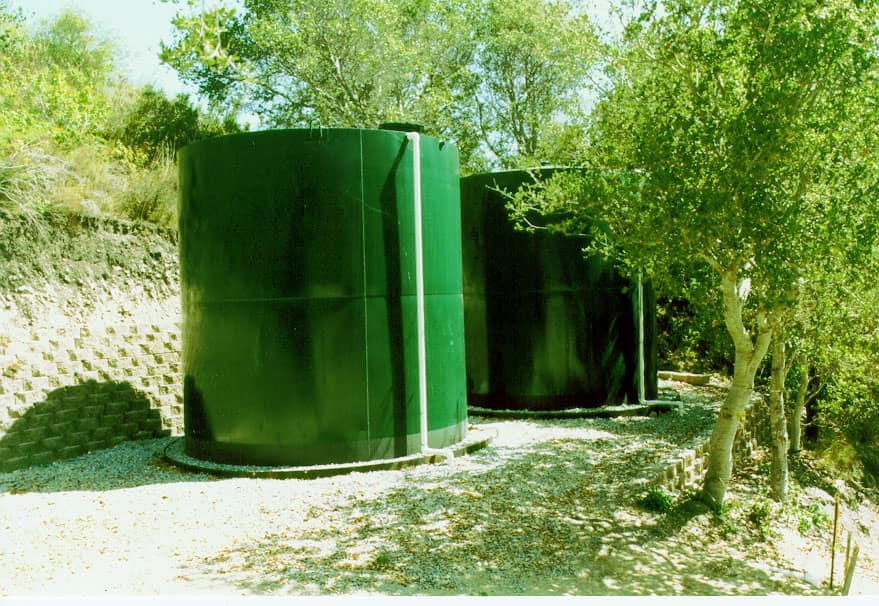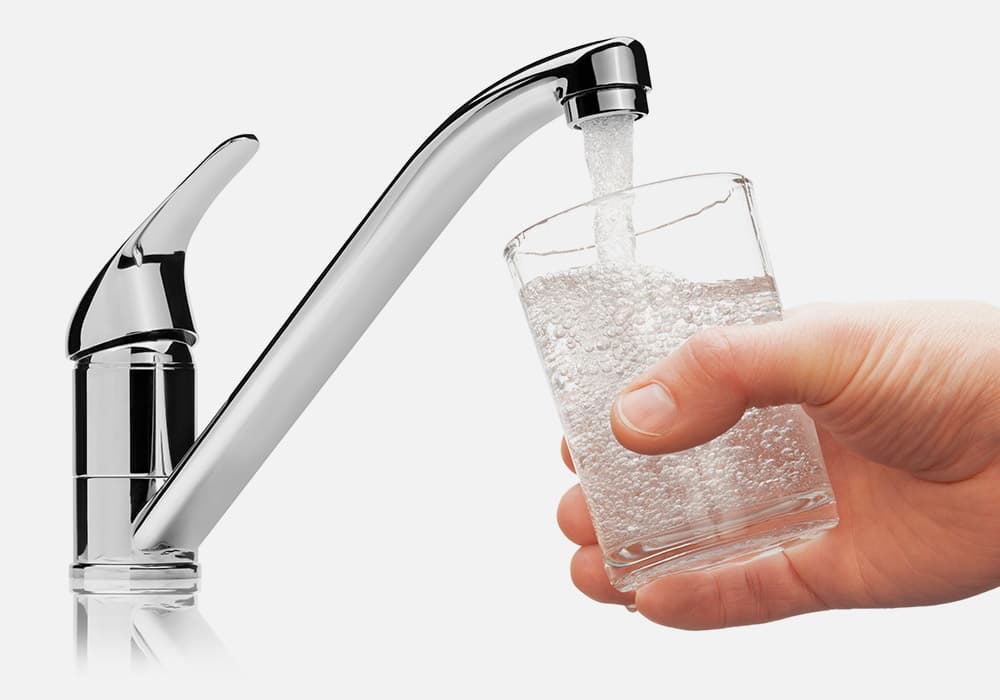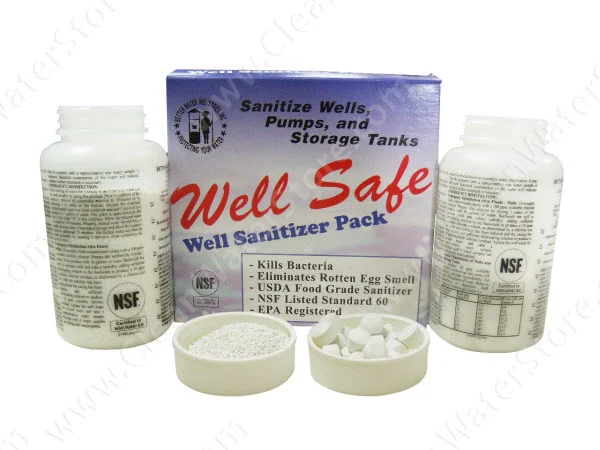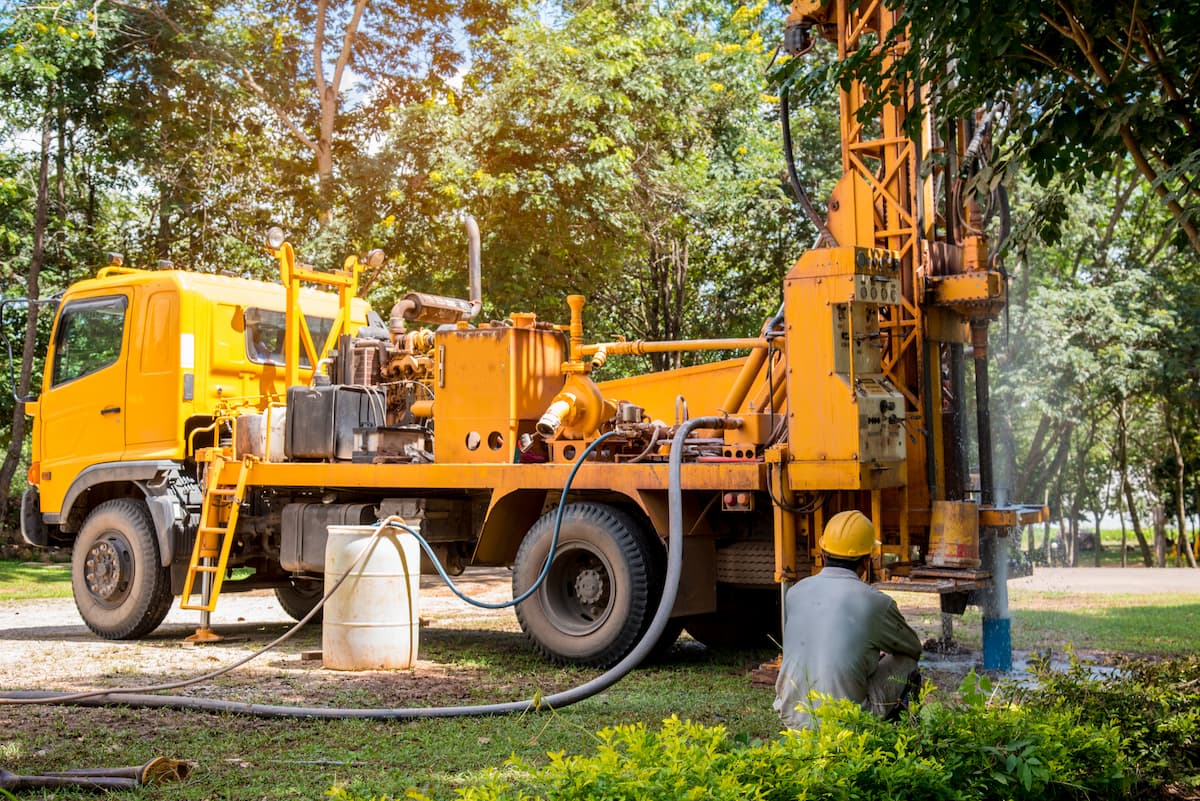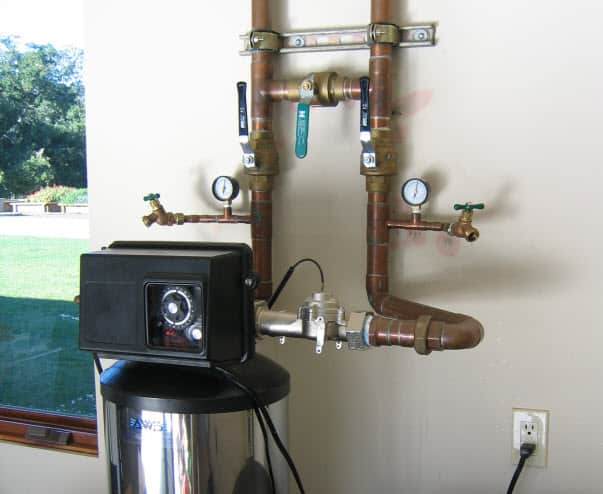How to Calculate Hydrogen Peroxide Concentration for Well Water Treatment
How to Dilute Hydrogen Peroxide for Well Water Treatment
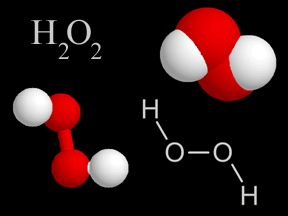 If you're using hydrogen peroxide for your well water treatment system, understanding the correct dilution ratio is critical. A common question we receive is:
If you're using hydrogen peroxide for your well water treatment system, understanding the correct dilution ratio is critical. A common question we receive is:
“I have 7% hydrogen peroxide—how much water do I need to dilute it to reach 7,000 ppm or 12,500 ppm?”
This blog post will explain the math, safety considerations, and best practices for diluting hydrogen peroxide to treat common well water concerns like hydrogen sulfide (rotten egg smell), iron, and manganese.
Understanding Hydrogen Peroxide Concentration
Hydrogen peroxide is often used as an oxidizer in well water treatment systems. It can help eliminate sulfur odors, reduce iron staining, and make your water safer for everyday use in water-using appliances.
The concentration of hydrogen peroxide is typically expressed as a percentage. A 7% solution contains 70,000 parts per million (PPM) of hydrogen peroxide.
Here’s how we calculate that:
-
7% of 1,000,000 (which is one million parts per million) = 70,000 PPM
This is your starting concentration before dilution.
How to Dilute 7% Hydrogen Peroxide to 7,000 PPM
If your goal is to dilute your 7% peroxide down to 7,000 PPM, you’ll need to add 9 parts of water for every 1 part of 7% peroxide. That’s a 10:1 dilution ratio (10 total parts, 1 of which is peroxide).
Example:
-
Mix 1 gallon of 7% peroxide with 9 gallons of distilled or treated water.
-
Final concentration: 7,000 PPM
How to Dilute to 12,500 PPM
To dilute 7% hydrogen peroxide to 12,500 PPM, use this ratio:
-
70,000 ÷ 12,500 = 5.6
-
That means you'll need to add 4.6 parts of water to every 1 part of peroxide to reach 12,500 PPM.
Why Dilution Matters in Water Treatment Systems
Using hydrogen peroxide at the correct strength helps protect your home filtration system, avoid corrosion in your plumbing, and ensures safe operation. Overly concentrated solutions can damage equipment, while too little peroxide may not effectively treat water problems such as:
-
Hydrogen sulfide gas (rotten egg smell)
-
Iron and manganese staining
-
Bacterial contamination
-
Poor water quality in general
Choosing the Right Water Treatment System
If you're dealing with persistent issues in your well water, pairing your hydrogen peroxide dilution with the right water treatment systems is important. These might include:
-
Backwashing filters
-
Water softeners
-
Carbon filters
-
Home filtration systems designed specifically for peroxide injection
Each system addresses specific potential contaminants and works best when the oxidizer (like peroxide) is properly diluted.
Tips for Handling and Storing Hydrogen Peroxide
Always follow safe handling procedures when working with hydrogen peroxide. Even at 7%, it can be hazardous if not handled properly.
-
Store in a cool, dark place.
-
Use protective gloves and eye protection.
-
Never mix with other chemicals unless directed.
🔗 NIH Resource: Safe Use of Hydrogen Peroxide
More Resources
📄 View our installation and pump settings guide
🧪 Need help with water testing before setting your pump? Try our easy home testing kits to determine your starting point for hydrogen peroxide dosing.
Frequently Asked Questions (FAQs)
1. What PPM is 7% hydrogen peroxide?
7% = 70,000 parts per million (PPM).
2. How much water do I add to get 7,000 PPM?
Add 9 parts of water for every 1 part of 7% peroxide.
3. Can I use hydrogen peroxide instead of chlorine?
Peroxide is often preferred because it doesn’t leave a residual taste or odor like chlorine.
4. Is peroxide safe for all water systems?
Yes, if used at correct levels and in combination with appropriate filters.
5. Do I need to test my water before dosing peroxide?
Absolutely. Proper water testing helps ensure you're treating for the right contaminants.
6. Can hydrogen peroxide remove the rotten egg smell?
Yes, peroxide is effective against hydrogen sulfide gas.
7. What are the signs I need peroxide treatment?
Common signs include odors, staining, and bacterial contamination.
8. Do I need a water softener too?
Combining peroxide treatment with a water softener can be very effective if your water is hard.
9. How do I know if my peroxide pump is working?
Check flow rates and pressure. Use test strips to verify PPM.
10. Can I use bottled water for dilution?
It’s best to use distilled or treated water to avoid introducing other minerals or contaminants.


